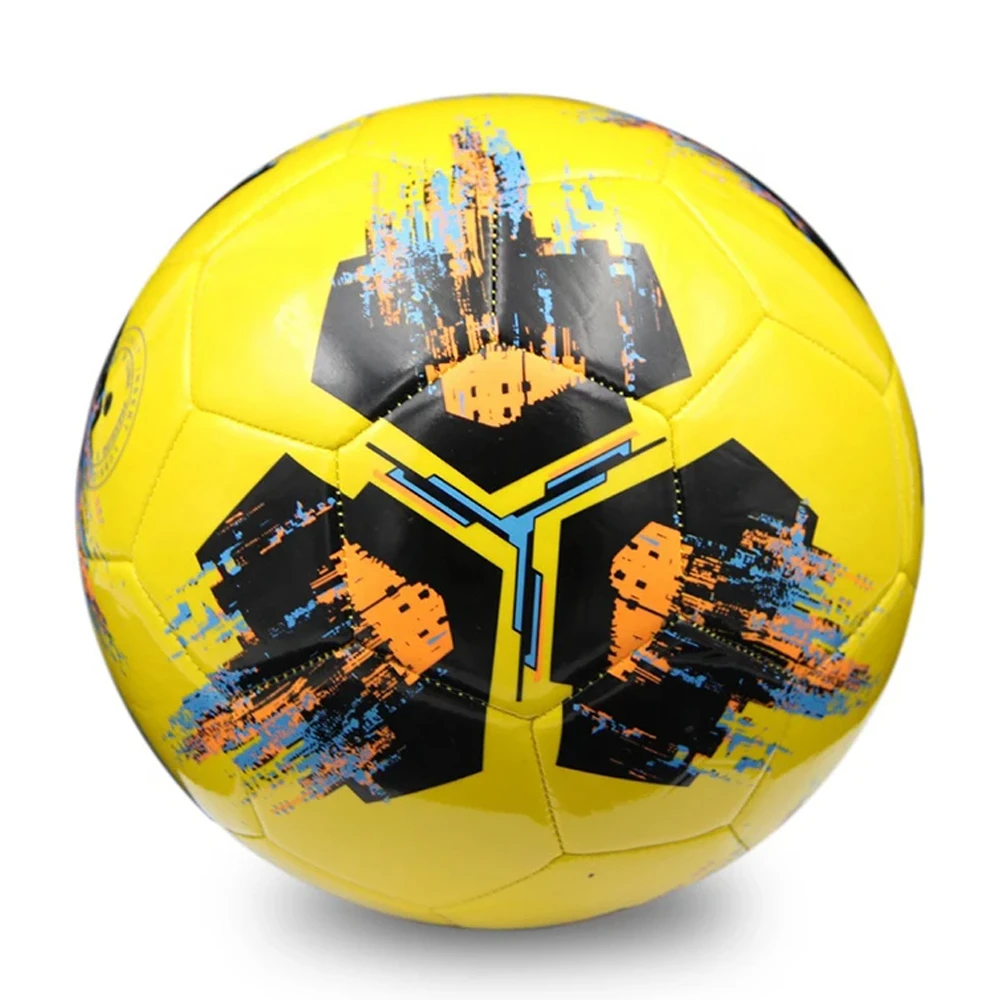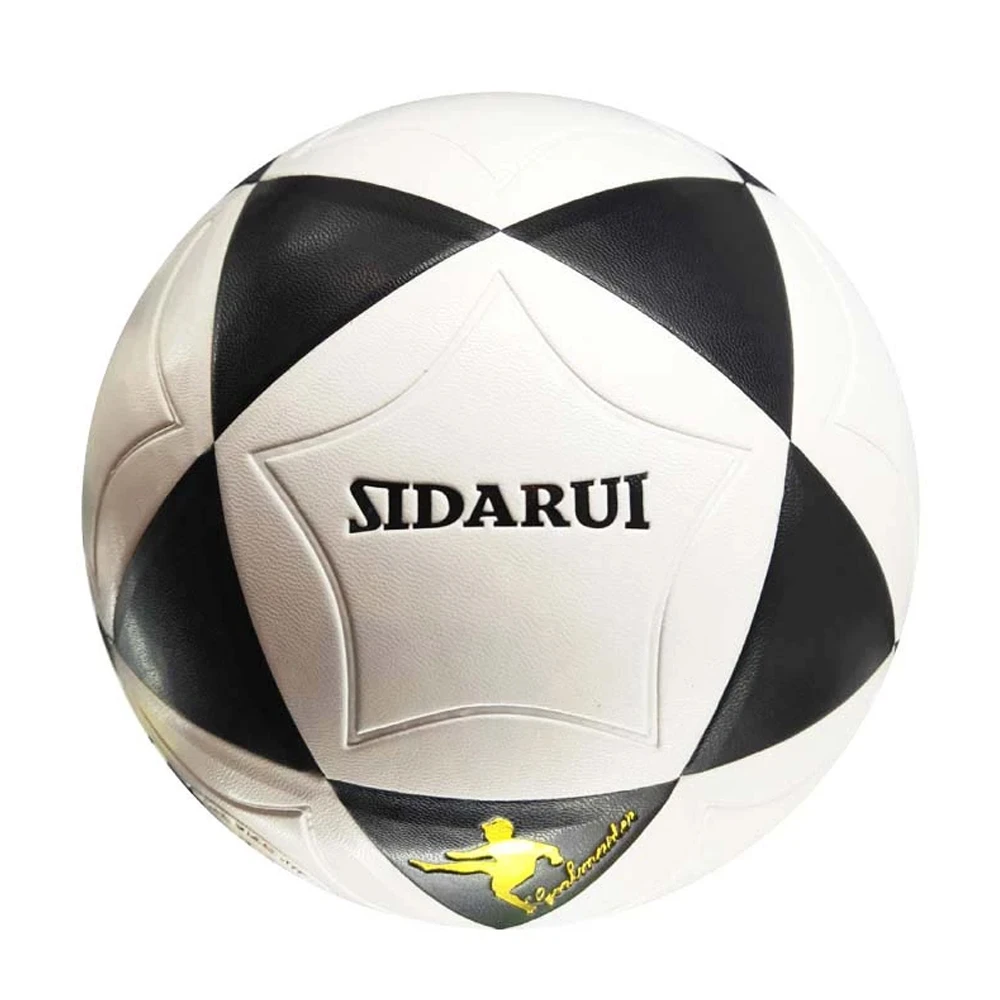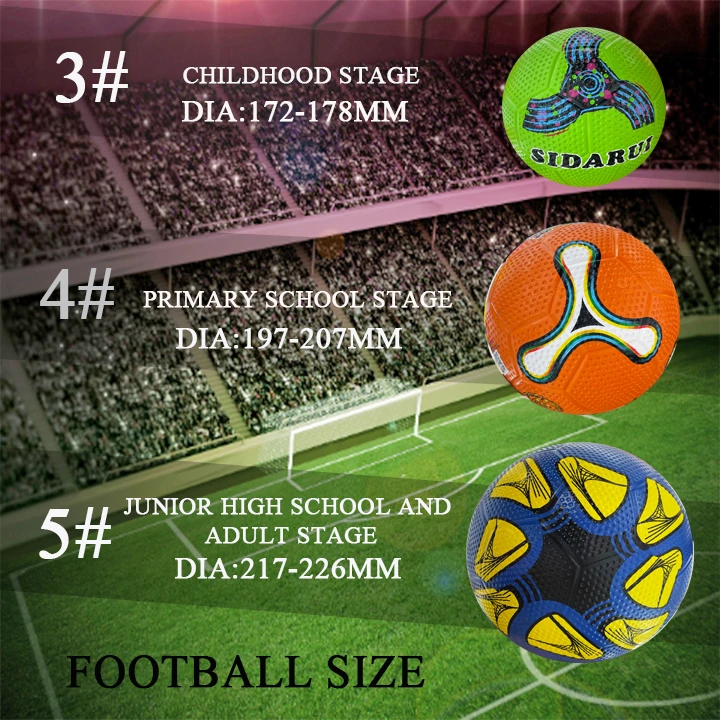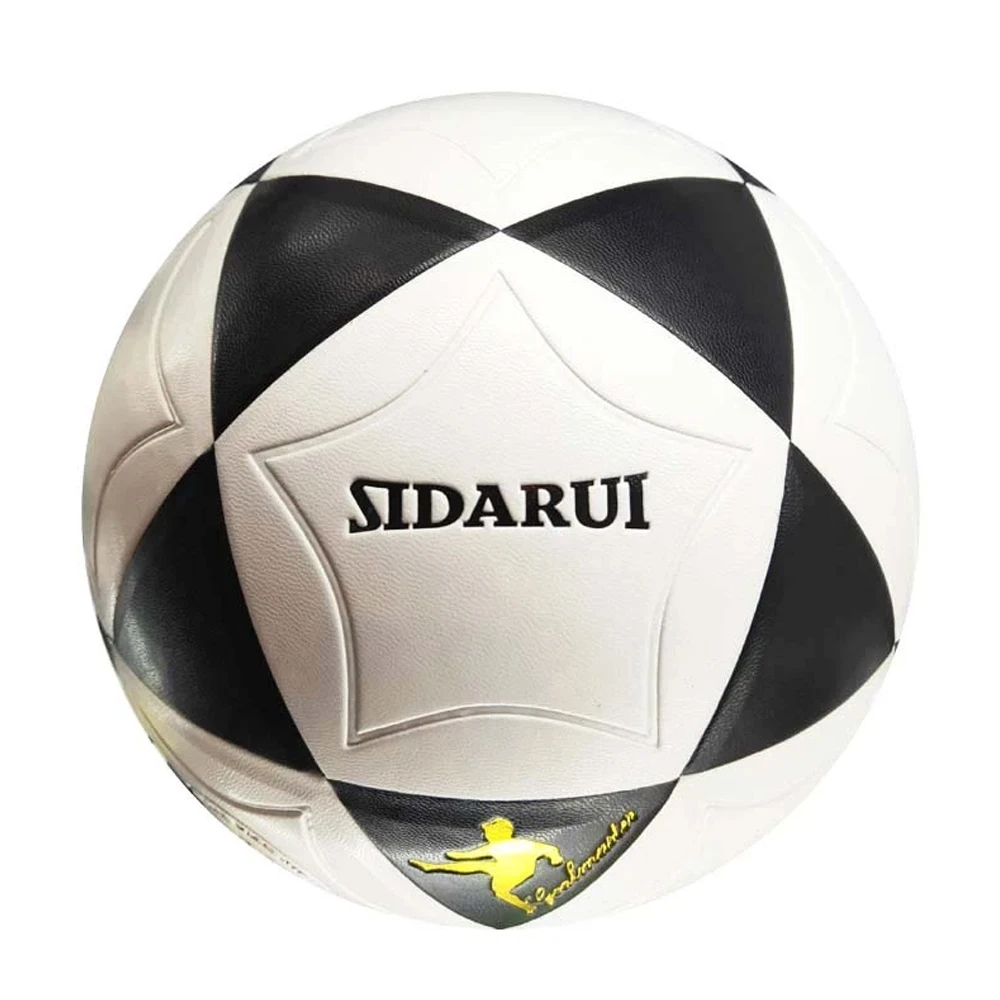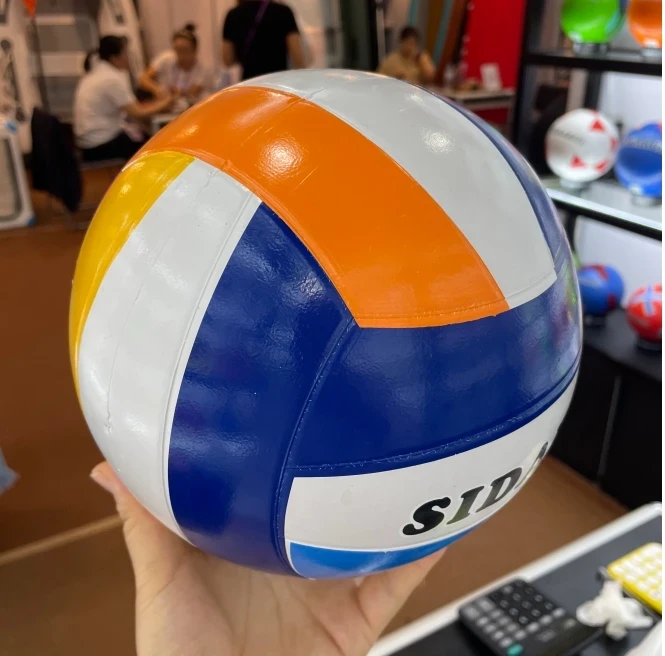Mei . 07, 2025 19:22
- Understanding the Market Dynamics of Leather Volleyball Pricing
- Technical Advantages of Premium Leather Volleyballs
- Manufacturer Comparison: Features vs. Cost Analysis
- Customization Options for Team-Specific Requirements
- Performance Case Studies Across Different Leagues
- Maintenance Practices to Extend Product Lifespan
- Strategic Purchasing Guide for Leather Volleyballs

(leather volleyball price)
Understanding the Market Dynamics of Leather Volleyball Price
The global leather volleyball market reached $187 million in 2023, with premium hand-stitched models accounting for 42% of professional purchases. Prices range from $48 for training-grade balls to $285 for FIVB-certified tournament specimens. Three factors dominate leather volleyball price
fluctuations:
- Material sourcing (full-grain vs. composite leather)
- Construction method (machine-stitched vs. thermal-bonded)
- Certification requirements (indoor vs. beach volleyball standards)
Technical Advantages of Premium Leather Volleyballs
High-grade leather volleyballs demonstrate 38% better air retention than synthetic alternatives during controlled FIFA tests. Their micro-perforation patterns maintain consistent grip across humidity levels (65-85% RH), while dual-layer bladder systems prevent pressure loss below 0.05 psi/hour.
Manufacturer Comparison: Features vs. Cost Analysis
| Brand | Price Range | Material Grade | Durability (Hours) | Warranty |
|---|---|---|---|---|
| Mikasa VQL2000 | $189-$225 | Full-Grain Leather | 1,200 | 2 Years |
| Wilson AVP Official | $165-$199 | Composite Leather | 850 | 18 Months |
| Tachikara SV-5 | $135-$170 | Hybrid Leather | 950 | 15 Months |
Customization Options for Team-Specific Requirements
Leading manufacturers offer 14-day turnaround for custom leather volleyballs featuring:
- Team color impregnation (Pantone-matched)
- UV-resistant logo printing
- Variable panel stiffness configurations
Performance Case Studies Across Different Leagues
The 2023 NCAA championships recorded 12% fewer service errors with premium leather balls compared to previous synthetic models. Beach volleyball tournaments report 19% longer rally durations when using moisture-wicking leather variants.
Maintenance Practices to Extend Product Lifespan
Proper care extends leather volleyball usability by 40%:
- Store at 68°F ±5° with 45-55% humidity
- Apply pH-neutral conditioner every 80 usage hours
- Rotate panels weekly to equalize wear
Strategic Purchasing Guide for Leather Volleyball Price Optimization
Bulk orders (12+ units) typically reduce leather volleyball price by 18-22% through manufacturer direct programs. Seasonal discounts (August-October) coincide with 31% inventory clearance rates. Consider blended procurement: 70% premium leather volleyballs for match play + 30% practice-grade models for cost efficiency.
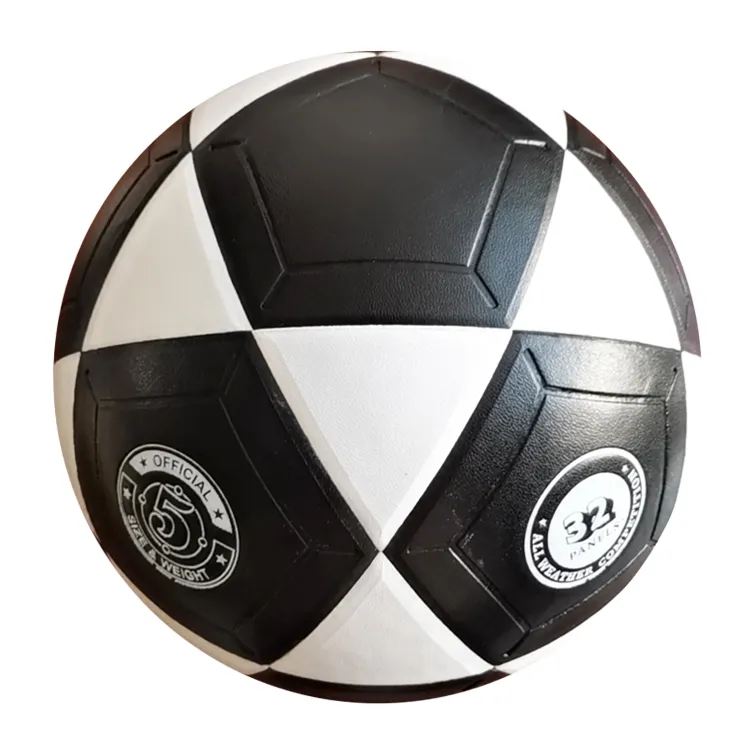
(leather volleyball price)
FAQS on leather volleyball price
Q: What factors affect leather volleyball prices?
A: Leather volleyball prices depend on quality grade, brand reputation, and manufacturing standards. Premium full-grain leather and professional certifications increase costs. Synthetic alternatives are typically cheaper.
Q: How much does a professional leather volleyball cost?
A: Professional-grade leather volleyballs range from $80 to $150. Prices vary by brand (e.g., Mikasa, Wilson) and official certification status. Maintenance kits may add $15-$30 to total cost.
Q: Why are leather volleyballs more expensive than synthetic ones?
A: Leather offers superior grip, durability, and professional play performance. Synthetic materials sacrifice quality for water-resistance and lower production costs. Professional leagues require certified leather balls.
Q: Is there a price difference between leather volleyballs and footballs?
A: Yes, leather footballs typically cost $100-$200 due to complex panel construction. Volleyballs average 20-30% less with simpler design. Both vary by size regulations and brand pricing.
Q: Where can I find affordable leather volleyballs?
A: Check authorized sports retailers for seasonal discounts (15-25% off). Consider practice-grade leather balls ($50-$80) instead of professional models. Compare prices across Amazon, Walmart, and specialty sports stores.




